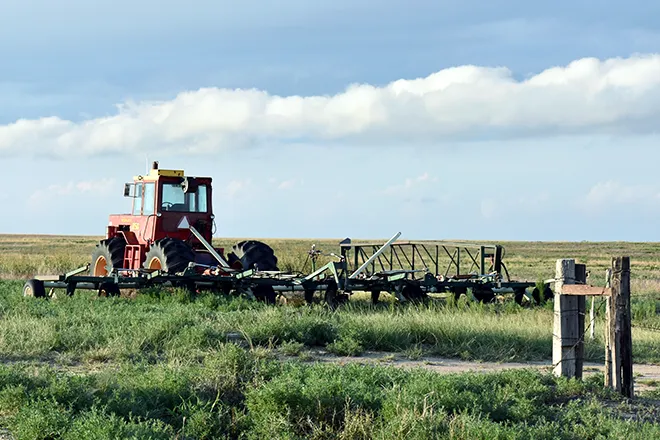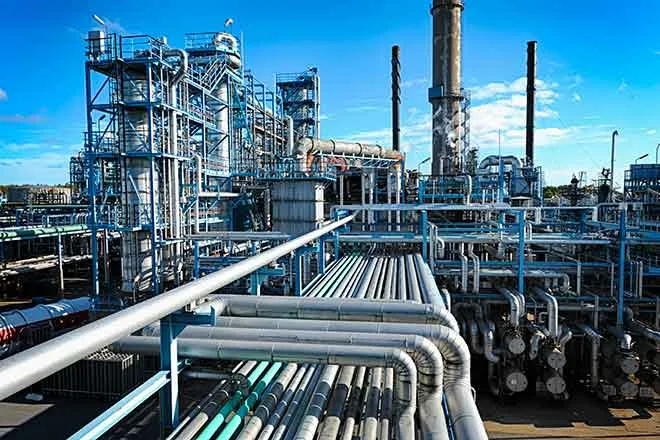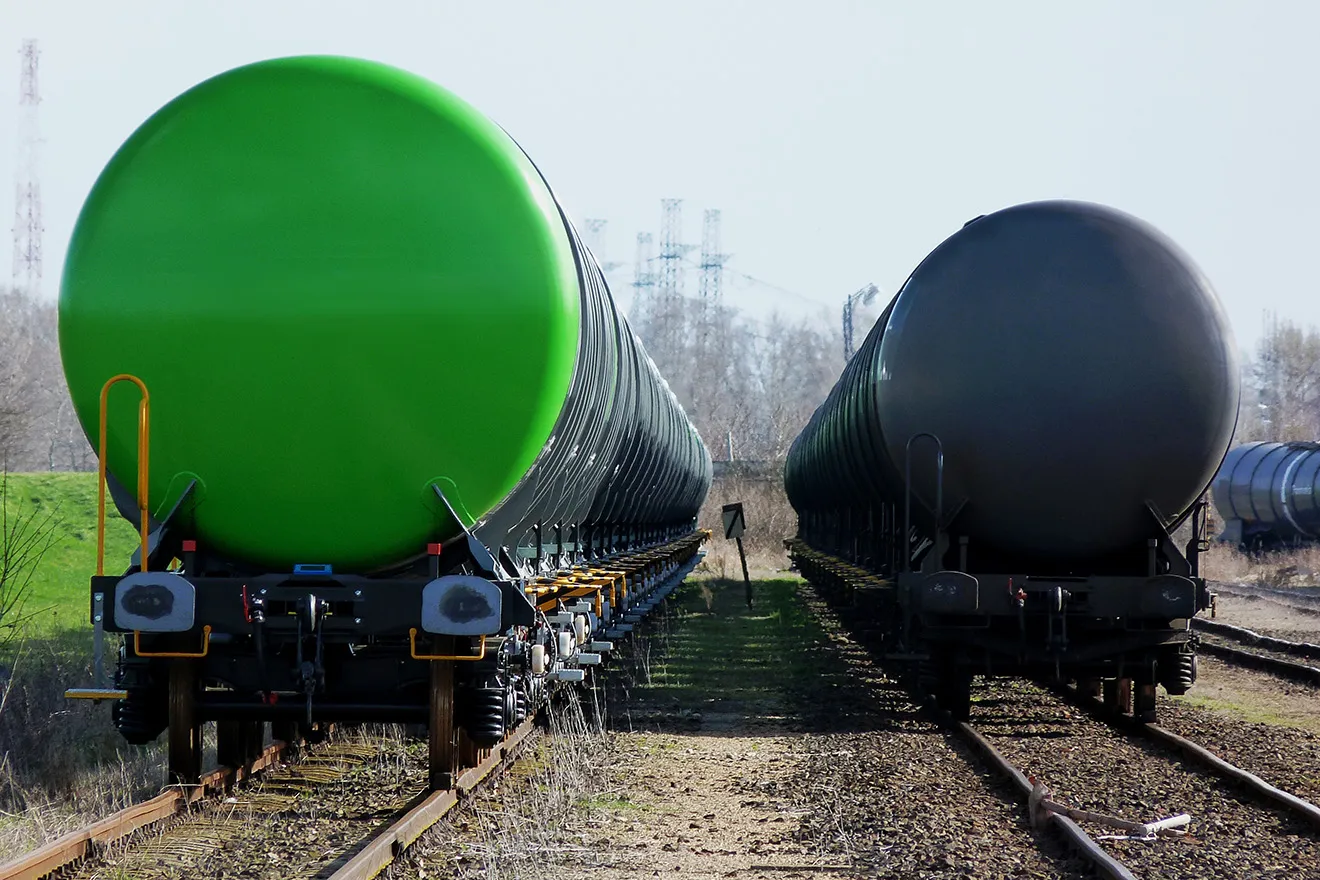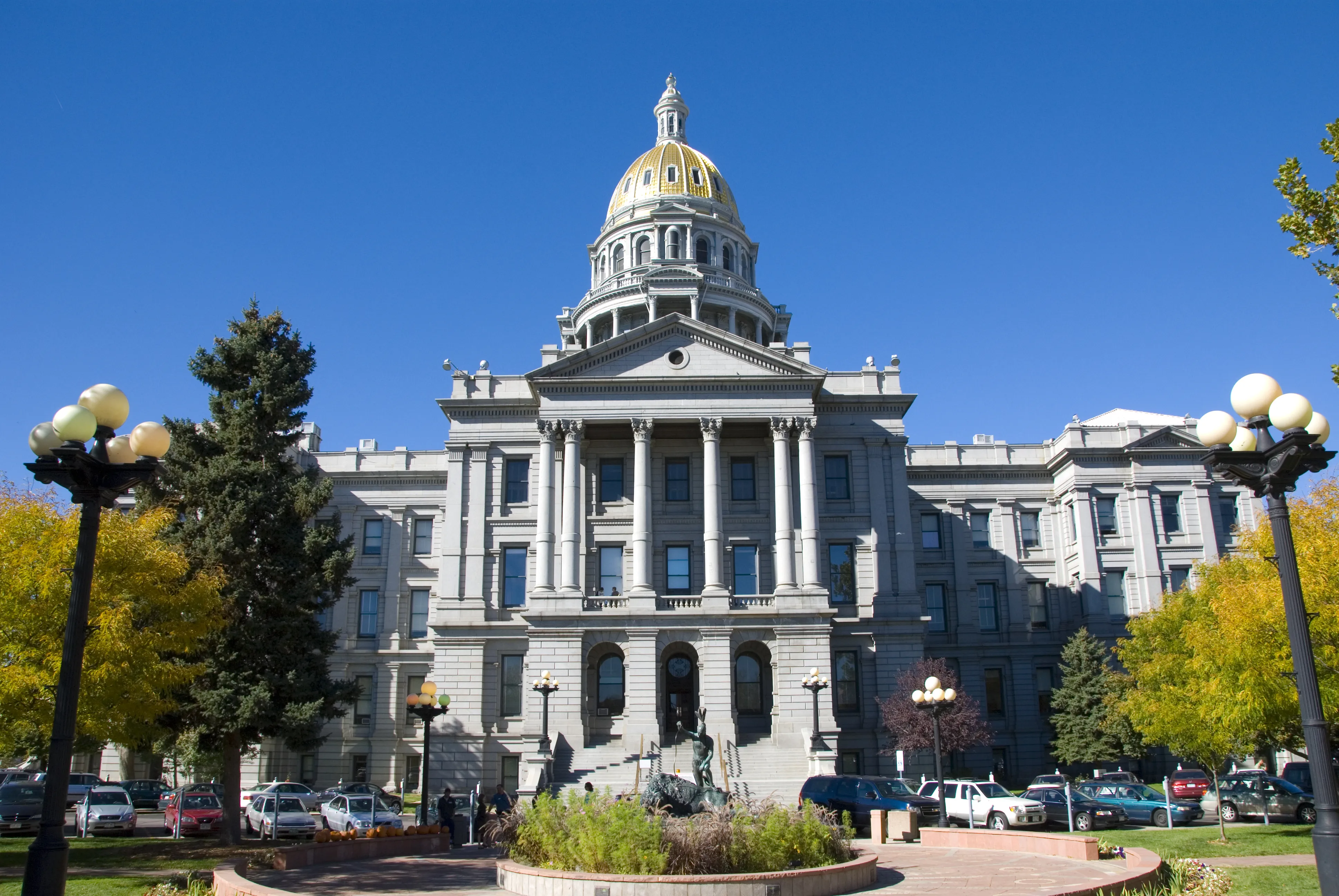
Benefits of wind energy farms for rural Colorado
© iStock
Wind energy farms have taken Colorado by storm. Where wide-open farmlands once stretched as far as the eye can see, wind turbines now pepper the landscape. Some consider the new view a wonder, as few have seen these massive modern-day windmills. Others aren’t so thrilled. What can’t be argued so easily, however, are the benefits that wind energy farms bring to rural Colorado.
Consider, for example, the summer of 2018. Much of the summer has been dry, and rain has come in the form of severe storms that left parched fields with hail damage. Aside from unfavorable weather conditions, financial matters have also negatively impacted Colorado agriculture. At this point in time, it can cost farmers more money to plant, grow, and harvest their crops than it does to sell them. This is a frightening scenario for many farmers, as agriculture and energy are the only major industries left in some rural areas of the state.
Benefits of Wind Energy in Colorado
The good news is that wind energy in Colorado uses weather—favorable or not—to its benefit. Whether farmers split their acreage into agricultural and wind farms or embrace wind entirely, the economic and environmental advantages are tremendous. With a wind energy farm, as long as the wind is blowing, energy is produced, and profits are made. As the Colorado wind energy industry calls for construction workers and turbine technicians, hundreds of jobs are created. According to a 2017 article by the Denver Post, jobs in the wind energy field reached 14,800 last year and are only expected to increase.
From an environmental standpoint, the energy generated by these wind farms have saved billions of gallons of water that other energy producing plants would have used. In addition, wind power generation prevents the emission of more than 8 million metric tons of environmentally damaging carbon dioxide.
How Do Wind Turbines Work?
Wind turbines convert kinetic energy into electrical energy. This happens through a process in which wind rotates the blades of the turbine, which then turn a shaft that’s connected to a generator, which produces electricity. Wind is the fastest growing and most predominant renewable resource in Colorado. According to the State of Colorado, the total percentage of electricity generated in Colorado by wind has increased from 1.5% to 17.3% between 2005 and 2016 alone.
With such growth happening, and more projected to follow, Colorado’s wind energy industry is vital to the state’s economy and the environment. Though some may say that turbines may look ugly, their positive impact can’t be ignored.

















